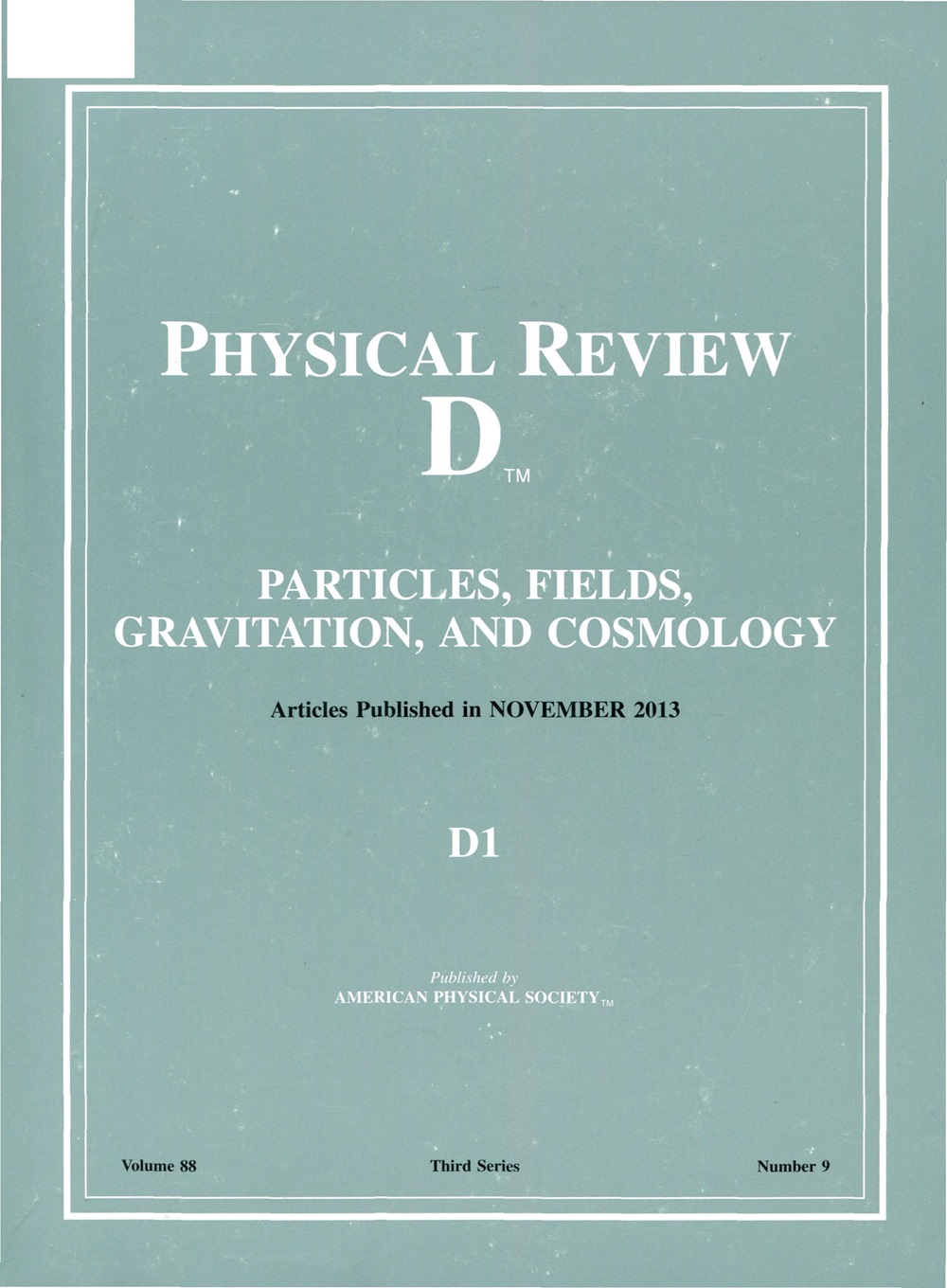库迪特稳定器代码、CFT 和拓扑表面
IF 5
2区 物理与天体物理
Q1 Physics and Astronomy
引用次数: 0
摘要
我们研究从具有固定手性代数和相关切尔-西蒙(CS)理论的有理共形场论(CFT)空间到具有固定广义保利群的奎特稳定器码空间的一般映射。我们考虑了这种映射的某些自然约束,并证明这种映射可以描述为从捕捉 CFT 的轨道结构的轨道图到捕捉自偶稳定器代码结构的代码图的图同态。通过研究明确的例子,我们表明这种图同态并不总是图嵌入。然而,我们构建了一个从 CFT 的普遍轨道子图到广义保利组中的算子的物理映射。我们证明,当且仅当与相关 CFT 相对应的体 CS 理论中的表面算子是自双的时候,这个映射才会产生自双稳定器代码。对于允许稳定器代码描述的 CFT,我们证明可以从 CFT 某些 0 形式对称性的扭曲扇区得到完整的阿贝尔广义保利群。最后,我们将我们的构造与 SymTFT 联系起来,并论证了在我们的设置中出现的许多代码之间的等价性对应于与可逆曲面融合下的体拓扑曲面的等价类。本文章由计算机程序翻译,如有差异,请以英文原文为准。
Qudit stabilizer codes, CFTs, and topological surfaces
We study general maps from the space of rational conformal field theories (CFTs) with a fixed chiral algebra and associated Chern-Simons (CS) theories to the space of qudit stabilizer codes with a fixed generalized Pauli group. We consider certain natural constraints on such a map and show that the map can be described as a graph homomorphism from an orbifold graph, which captures the orbifold structure of CFTs, to a code graph, which captures the structure of self-dual stabilizer codes. By studying explicit examples, we show that this graph homomorphism cannot always be a graph embedding. However, we construct a physically motivated map from universal orbifold subgraphs of CFTs to operators in a generalized Pauli group. We show that this map results in a self-dual stabilizer code if and only if the surface operators in the bulk CS theories corresponding to the CFTs in question are self-dual. For CFTs admitting a stabilizer code description, we show that the full Abelianized generalized Pauli group can be obtained from twisted sectors of certain 0-form symmetries of the CFT. Finally, we connect our construction with SymTFTs, and we argue that many equivalences between codes that arise in our setup correspond to equivalence classes of bulk topological surfaces under fusion with invertible surfaces.
求助全文
通过发布文献求助,成功后即可免费获取论文全文。
去求助
来源期刊

Physical Review D
物理-天文与天体物理
CiteScore
9.20
自引率
36.00%
发文量
0
审稿时长
2 months
期刊介绍:
Physical Review D (PRD) is a leading journal in elementary particle physics, field theory, gravitation, and cosmology and is one of the top-cited journals in high-energy physics.
PRD covers experimental and theoretical results in all aspects of particle physics, field theory, gravitation and cosmology, including:
Particle physics experiments,
Electroweak interactions,
Strong interactions,
Lattice field theories, lattice QCD,
Beyond the standard model physics,
Phenomenological aspects of field theory, general methods,
Gravity, cosmology, cosmic rays,
Astrophysics and astroparticle physics,
General relativity,
Formal aspects of field theory, field theory in curved space,
String theory, quantum gravity, gauge/gravity duality.
 求助内容:
求助内容: 应助结果提醒方式:
应助结果提醒方式:


